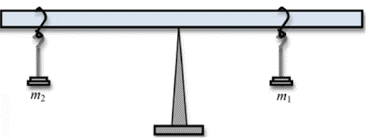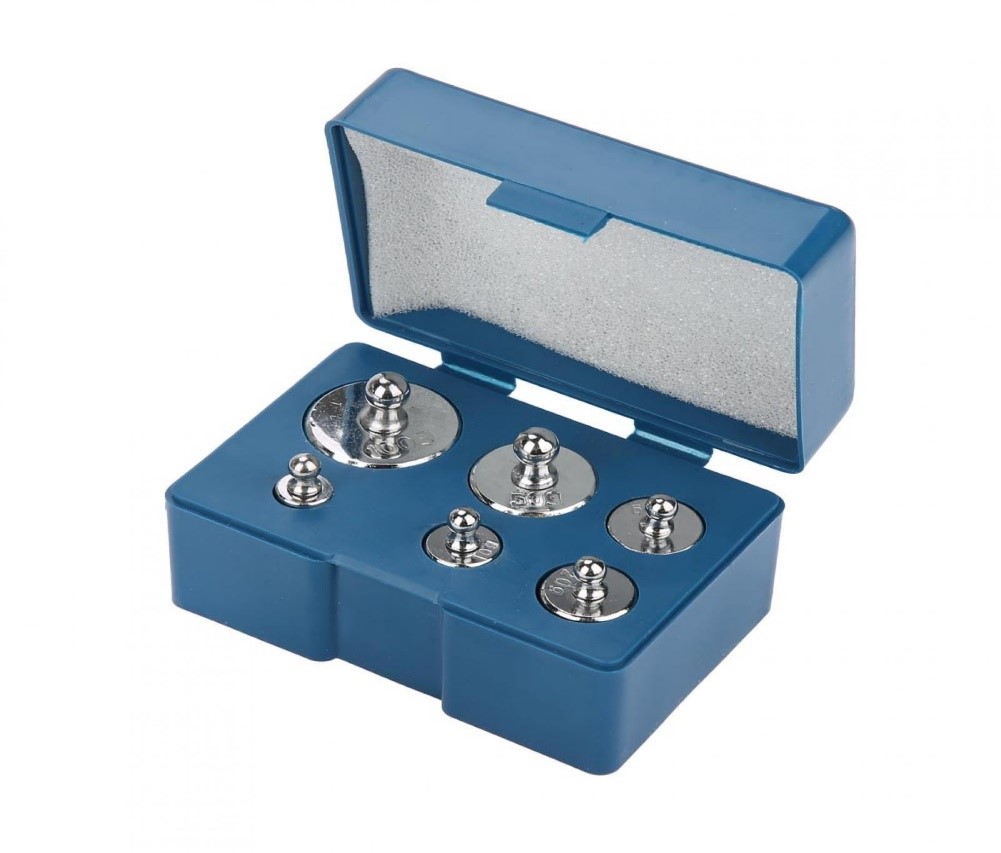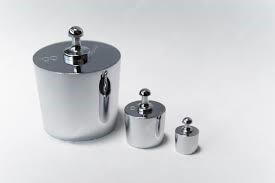Physics
Verify the principle of moments by using a metre rod balanced on a wedge

Moment of a force:
The moment of force is a measure of its tendency to cause a body
to rotate about a specific point or axis. This is different from
the tendency for a body to move, or translate, in the direction
of a force. In order for a moment to develop, the force must act
on the body in such a manner that the body will begin to twist.
This occurs every time a force is applied so that it does not
pass through the android of the body. A moment is due to force
not having an equal and opposite force directly along its line
of action.
The magnitude of the moment of a force acting about a point is
directly proportional to the distance of the net force from the
point or axis. It is defined as the product of the force(F) and
the moment arm (d). The moment arm or lever arm is the
perpendicular distance between the line of action of the force
and the centre of moments.
Moment =Force× perpendicular Distance from the pivot
or τ=F×d
The Principle of Moments:
The principle of moments states that “when in equilibrium the total sum of the anti-clockwise moment is equal to the total sum of the clockwise moment”. When a system is stable or balanced, it is said to be in equilibrium as all the forces acting on the system cancel each other out. In equilibrium, Total Anticlockwise Moment = Total Clockwise Moment Force,F1×Moment Arm, d1 = Force, F2×Moment Arm, d2

The principle of moments can be explained with the help of the following experiment.
MATERIALS REQUIRED:
- Wedge.
- Meter rod
- Slotted weights
- Thread
weights

Slotted weights



